Canary Flex HD Security Camera
As the concept of the smart home expands, more and more devices roll out with the promise to make home-living more convenient and safer.
Security in particular is a market that has boomed with the rise of the smart home, and while older companies are slowly but surely adopting smarter tech in their products, new companies, like Canary, have also popped up.
One of the company's latest devices is called the Canary Flex, and it promises to make home security cameras both smarter and more portable. But does it achieve that? And, even if it does, does that make it worth buying? (Yes, and sort of.)
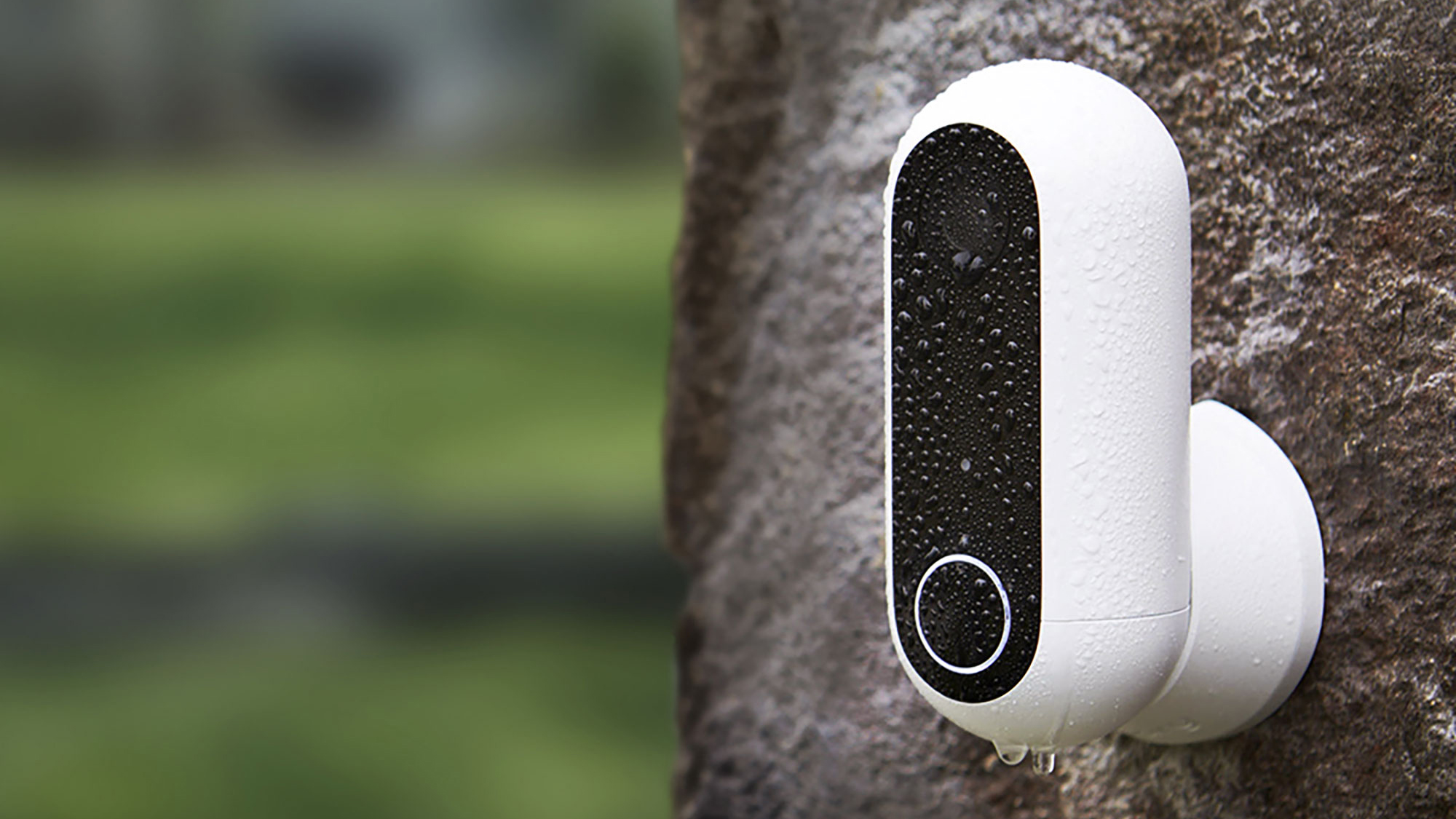
Design
The $199/£199 (around AU$250) Canary Flex is a little smaller than Canary’s other products. The main camera unit fits snugly in your palm, and comes in two different colors - either black or white.
We’re reviewing the black version, which features a glossy panel on the front with the camera sensor at the top, a motion detector in the middle, and a round button at the bottom. Around that button, depending on the camera’s mode, you’ll find a light-up ring which replaces the bottom-facing ring on Canary’s other devices.
Speaking of the camera sensor, it supports image capture of 1080p, and has night vision, a 116-degree wide-angle lens, and motion detection.
On the back of the camera can be found the magnetic charging port, as well as a power button towards the bottom.
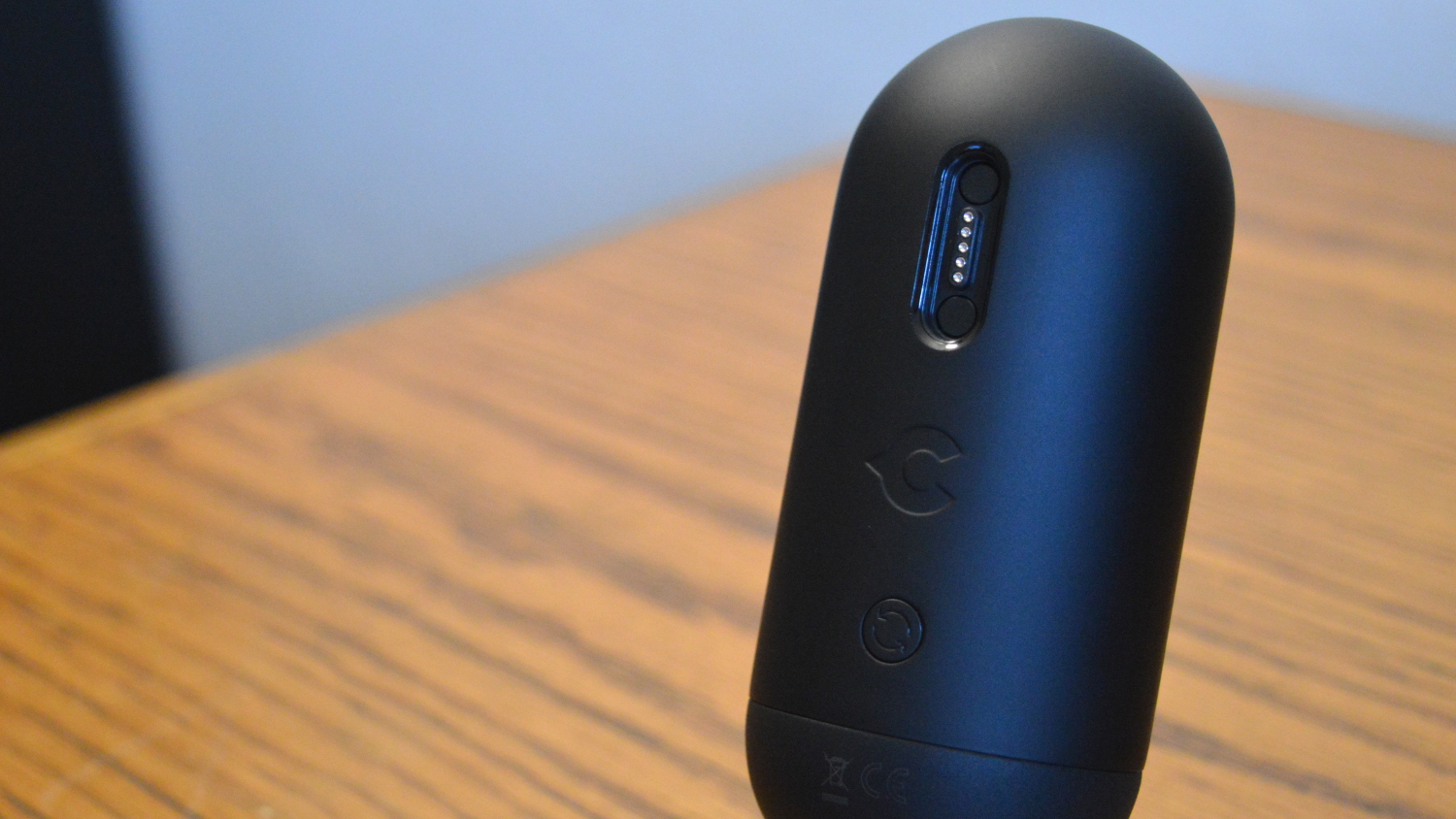
The camera also comes with a removable magnetic base, which attaches strongly to the camera unit, and allows you to change the angle and positioning of the camera. It works quite well, and basically allows you to mount the camera to walls, put it at an angle, and so on. The base can also screw into a wall, after which you’ll simply detach the camera to charge it when it runs out of battery.
The battery itself comes in at 6,700mAh, which should grant it up to 2 months of use, if you turn motion detection off. With motion detection, Canary says that the camera may only last around a week or so, if you record constantly. Safe to say, it’s worth while setting up modes so the camera isn’t recording when it doesn’t need to.
The camera also offers a few other features. On the top can be found a speaker grill, which comes in handy for two-way audio and for sounding an alarm, while on the bottom you’ll find a screw-hole for mounting the camera to a tripod or another type of bass, if you so choose.
Overall, we really like the design of the camera. The magnetic charging port works akin to Apple’s MagSafe, and the magnetic base makes attaching and detaching the camera, for charging for example, very easy. It’s also well-designed for both indoor and outdoor use. Canary says that the camera is “weatherproof,” though we recommend putting the camera undercover if its outside considering its IP65 rating - which only grants it protection from “water projected by a nozzle.” In other words, it’ll do fine with most rain, but water overload may end up damaging the camera.
Setting up the camera is also quite easy. Simply download and open the app, turn the camera on, and follow the on-screen instructions.
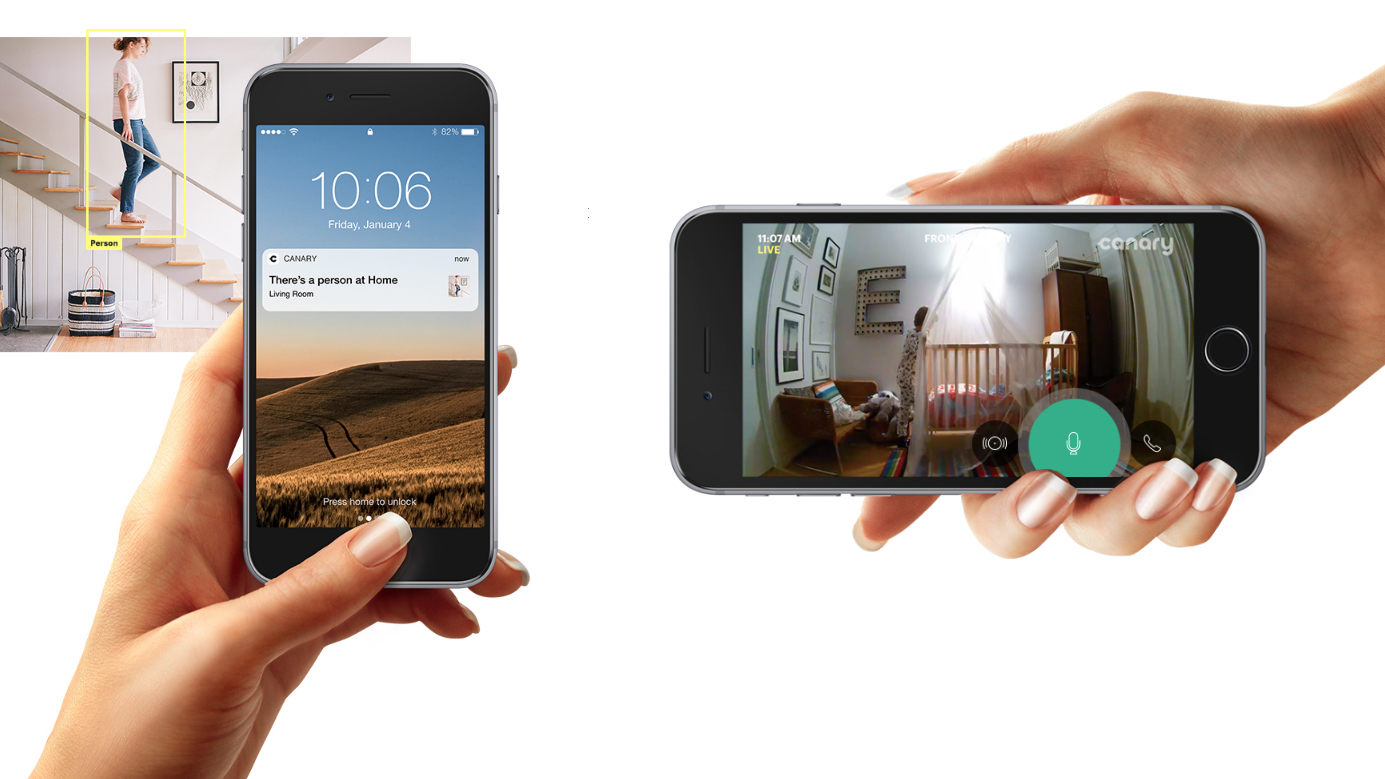
App and day-to-day use
After setting up the camera itself, it’s likely you’ll pretty much uniquely interact with the camera through the software. It’s available for both iOS and Android, and we found it was generally pretty easy to use.
After it's up and running, you’ll be able to do things like monitor your timeline, initiate two-way audio, and so on. There are also some slightly smarter features - like the ability to set up “masks” or motion zones. When those zones are set up, you can configure the app to not notify you of motion - which can help avoid lots of unnecessary notifications.
The app’s main interface shows everything you would need at a glance. If any of your cameras are on and recording, you can see live feeds of what they’re seeing, and you can change the mode your cameras are in. Pull up the tab at the bottom of the interface, and you’ll also be able to see a timeline of events, which includes motion detection, firmware updates, and more. Events can be filtered too - so if you only want to see events that take place when the camera is “Away Mode,” it’s easy to do so.
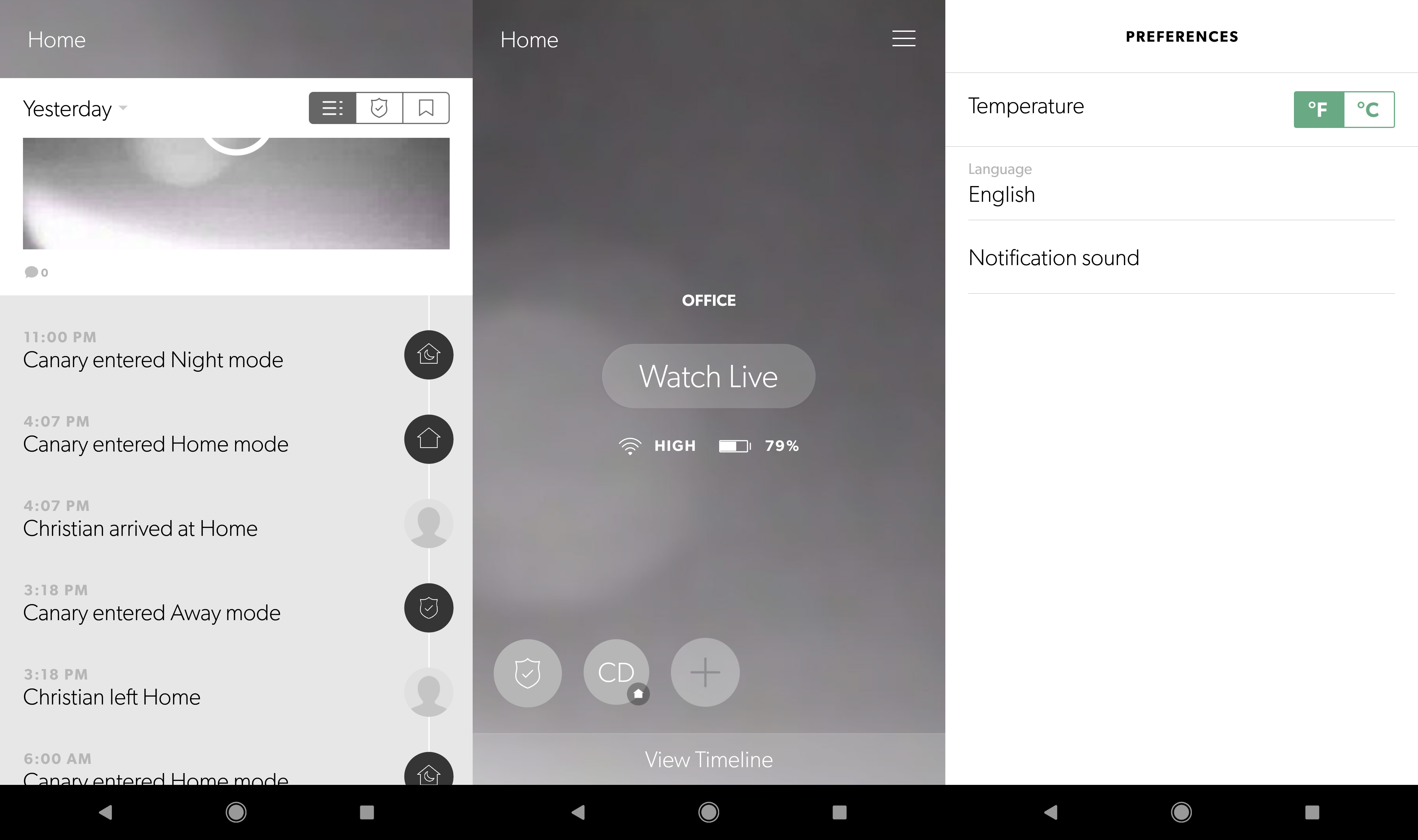
The app also allows you to tweak a number of settings. You can change things like the sensitivity of the camera’s motion detector, the types of notifications you want the app to send you, if you want the camera to automatically switch modes when you leave the house, the scope of your geofence, and so on. It’s a nice slew of settings, and while it might take a little digging to find them all, once you get used to the app using it should be relatively easy.
In general, we like the way the app was set up and how it worked. Geofencing seemed to work as we would have wanted, and while there were a few times when the app took a few seconds to recognize we were home, it wasn’t really a big issue that persisted frequently.
Subscription costs
As is the case with many smart security cameras, you will have to pay for cloud storage - and that may be a deal-breaker for some. Moreover, one of the biggest downsides of this camera is that many of its best features don’t really work without a subscription. For starters, you’ll need a subscription to see a 30-day video history, and incident support. (The subscription costs $9.99 per month, but you can pay for a year’s worth for $99.99.)
Those things make sense though. What doesn’t make sense is that without a subscription, you can’t use two-way audio. That’s pretty dumb. Canary is limiting the hardware of the device that you purchased, simply based on whether you have a subscription or not. We’re not cool with that.
Still, thankfully, without a subscription you can still see a 24-hour timeline, so without one the camera isn’t totally useless.
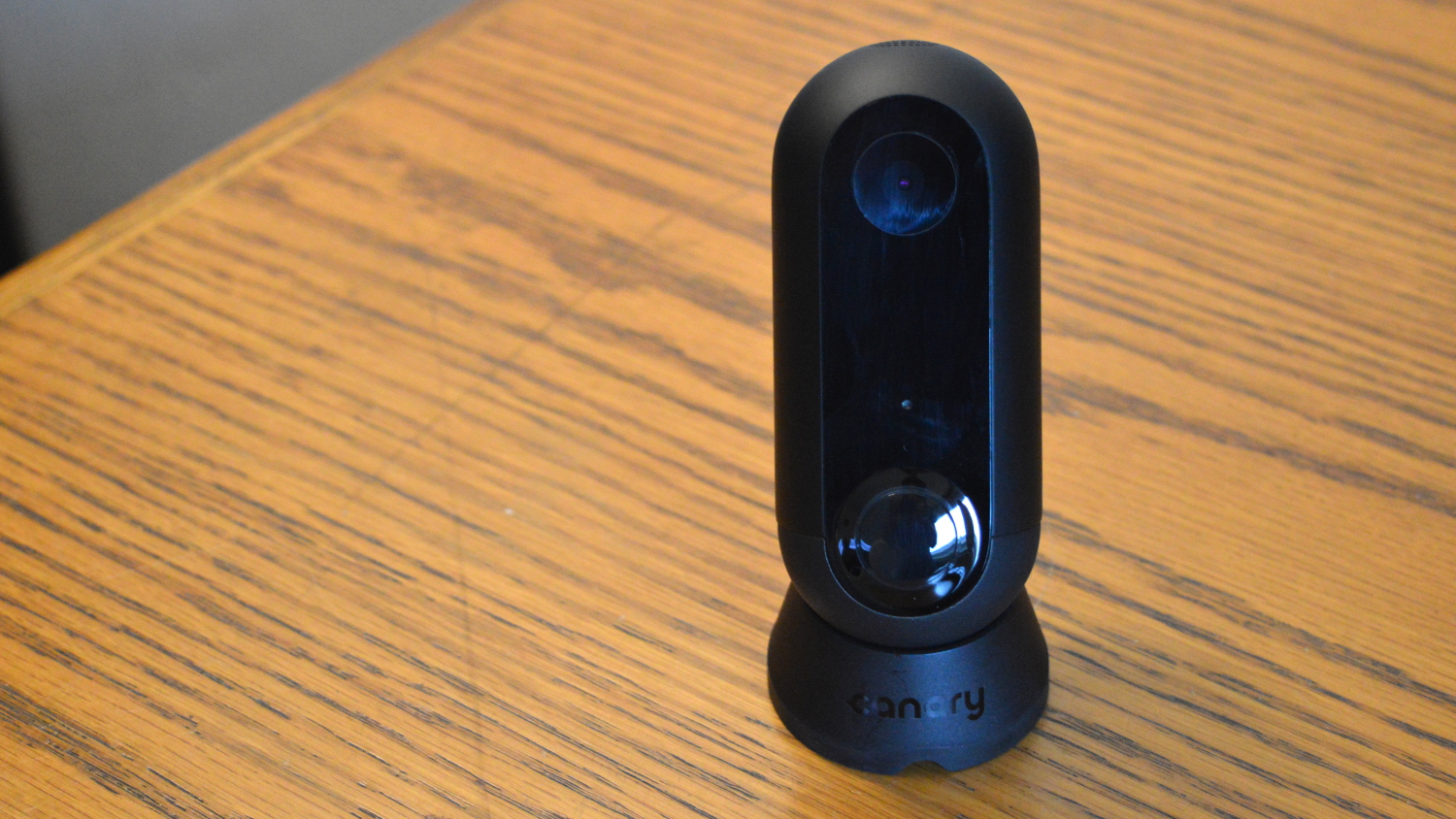
Smart Home integration
We live in an age where the home is getting increasingly smart, so you’ll want to think about the smart home standards that the camera works with. Thankfully, it works with quite a few.
Canary works with Alexa and Google Assistant, though they work through a Canary-built assistant. That’s to say, you’ll connect Assistant or Alexa to an Action or Skill that can control Canary’s security cameras. The device also works through Wink, and you can control it through an IFTTT channel - which are very nice additions.
Unfortunately, though, when you connect Assistant or Alexa to your Canary camera, there’s not all that much you can do with it. You can ask it how much battery your device has, and you can ask who’s home, which is really only helpful if the Flex is located inside. We would have liked to be able to do things like change modes through Assistant or Alexa.
The biggest missing feature here is Apple HomeKit, though Canary has said that it’ll eventually support it through Canary Plus.
Overall, despite the limitations, Canary has clear put some effort into helping its cameras work with the rest of your smart home.
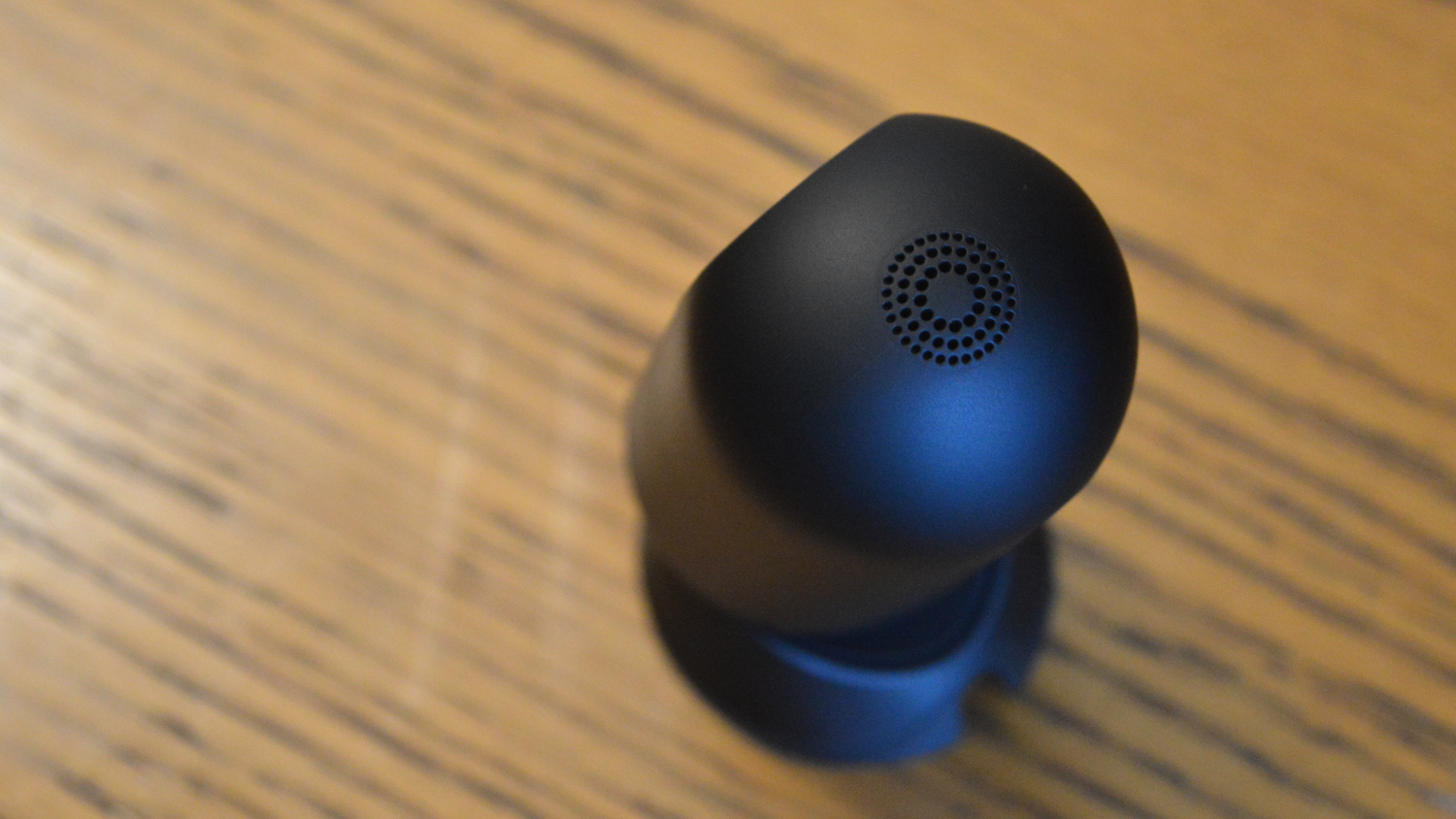
Verdict
The Canary Flex is a pretty nice camera. It’s well-designed, offers a decent image quality, and works well both inside and outside the house.
It’s not perfect, though. It makes sense that you would need a subscription to unlock some features, like 30-day cloud storage, but it does not make sense to us that you need a subscription to enable two-way audio. Some will be prepared to pay for a subscription, but if that’s not you we recommend turning elsewhere.
That said, is there a better option out there? There are a few outdoor cameras on the market, but generally speaking they’re a little more expensive than the Canary Flex. The Nest Cam Outdoor is perhaps the camera’s biggest competitor, but it’s not as versatile as the Flex, and most often a little more expensive. Where the Nest shines is in integration with Google Assistant and the ever-growing “works with Nest” ecosystem - but, if you don’t care about either of those things, then we think the Canary Flex is the better option.
0 comments:
Post a Comment